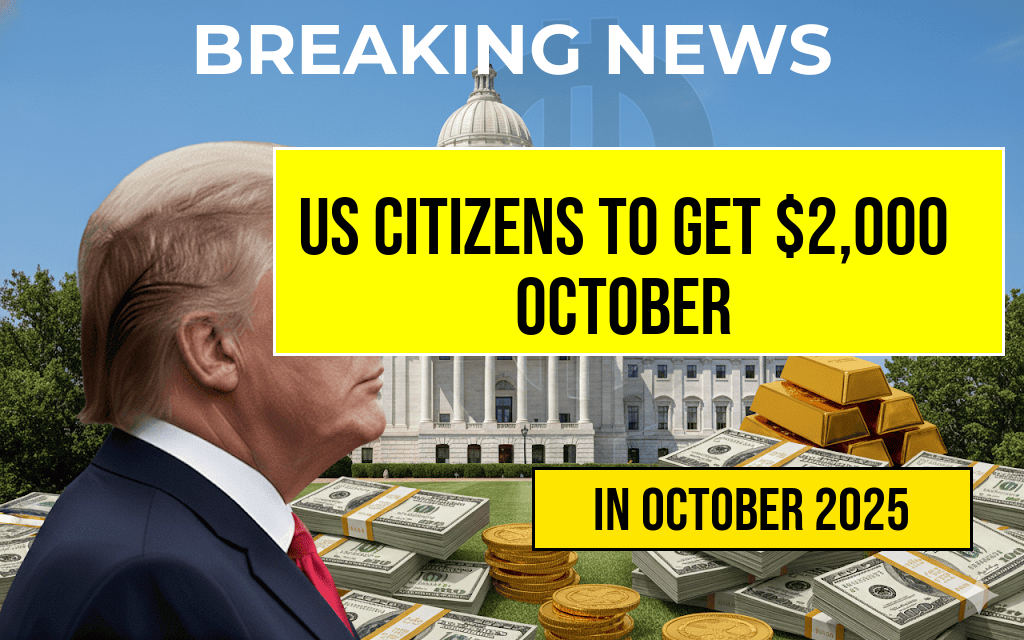Medicare beneficiaries will see a modest increase in their monthly premiums this year, with the typical Part B premium rising by $10.30. However, this increase will be partially offset by the annual Cost of Living Adjustment (COLA), which provides an average boost of about $10 in benefits. Despite the COLA, many seniors will notice their overall out-of-pocket expenses grow due to the higher Part B premiums, highlighting ongoing challenges in balancing rising healthcare costs with fixed incomes. The Centers for Medicare & Medicaid Services (CMS) announced the new premium rates for 2024, emphasizing the complex interplay between inflation adjustments and the structural costs of Medicare coverage.
Understanding the 2024 Medicare Premium Changes
Part B Premium Increase Explained
The standard monthly premium for Medicare Part B, which covers outpatient services, preventive care, and some home health services, will increase from $164.90 in 2023 to $175.20 in 2024. This equates to a $10.30 rise per month, amounting to an additional $123.60 annually for beneficiaries enrolled in the standard plan. The increase reflects higher healthcare costs and the need to fund expanded benefits, as well as adjustments to reflect inflation and medical inflation rates.
COLA and Its Impact on Beneficiaries
The COLA, which is designed to adjust Social Security and certain federal benefits for inflation, will provide an average increase of about $10 per month for most beneficiaries. While this adjustment helps offset some of the increased healthcare costs, it does not fully mitigate the rise in Part B premiums. As a result, many seniors will experience a net increase in their monthly healthcare expenses, impacting household budgets that are already tight for many on fixed incomes.
Financial Breakdown of 2024 Medicare Costs
| Item | 2023 Cost | 2024 Cost | Change |
|---|---|---|---|
| Standard Part B Premium | $164.90 | $175.20 | +$10.30 |
| Average COLA Benefit | – | $10 | – |
| Net Premium Increase After COLA | – | Approximately $0.30 | + |
While the COLA provides a significant boost, the small residual increase in premiums underscores the persistent pressures on Medicare’s financing structure. Beneficiaries should also consider additional costs such as deductibles, coinsurance, and prescription drug expenses, which continue to rise alongside premiums.
Policy Context and Future Outlook
Factors Driving Premium Adjustments
The Medicare premium hike is influenced by several factors, including increased costs for medical services, pharmaceuticals, and administrative expenses. The aging U.S. population also contributes to higher demand for healthcare services, which in turn impacts the overall cost structure. Additionally, recent legislation aimed at expanding Medicare benefits and reducing drug prices has added financial pressures that are reflected in premium calculations.
Potential for Future Changes
Experts suggest that future premium adjustments may depend heavily on inflation trends, healthcare innovation, and legislative reforms. Some analysts advocate for structural changes to Medicare’s funding model to better align costs with demographic shifts and economic realities. Meanwhile, beneficiaries are encouraged to review their coverage options annually, including supplementary plans that can help offset some out-of-pocket expenses.
Resources for Medicare Beneficiaries
- Medicare Costs and Expenses
- Medicare Overview – Wikipedia
- Forbes: What Beneficiaries Should Know About 2024 Medicare Premiums
Frequently Asked Questions
What is the recent Medicare premium increase?
The recent Medicare premium increase amounts to ten dollars and thirty cents, which will impact beneficiaries starting this year.
How will the Cost of Living Adjustment (COLA) affect Medicare premiums?
The COLA provides a small increase in benefits to help offset inflation, but in this case, the COLA will be mostly offset by higher Part B costs.
Will my overall Medicare costs increase due to this change?
Yes, while the COLA offers some relief, the increase in Part B premiums means that your overall Medicare costs are likely to rise slightly.
Who will be affected by the Medicare premium increase?
All Medicare beneficiaries enrolled in Part B will see this premium adjustment, particularly those with incomes that determine premium amounts.
Is there any way to offset the increased Part B costs?
Beneficiaries may explore options such as eligibility for additional assistance programs or enrolling in Medicare Advantage plans to potentially reduce out-of-pocket expenses.





